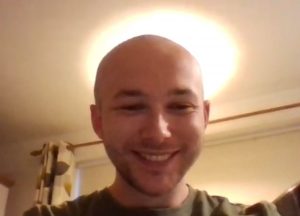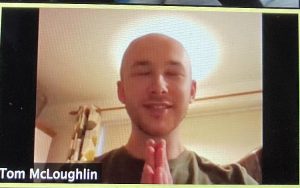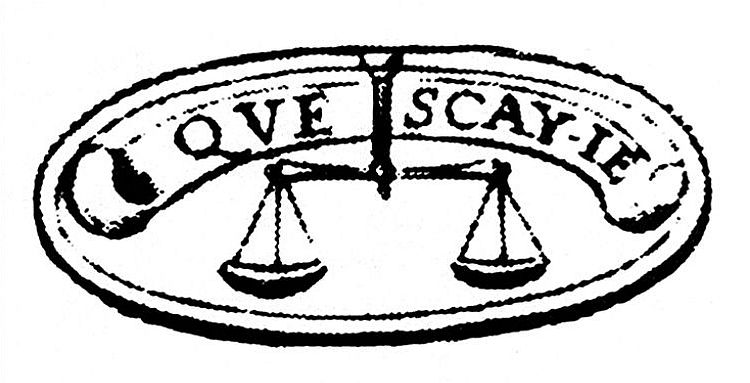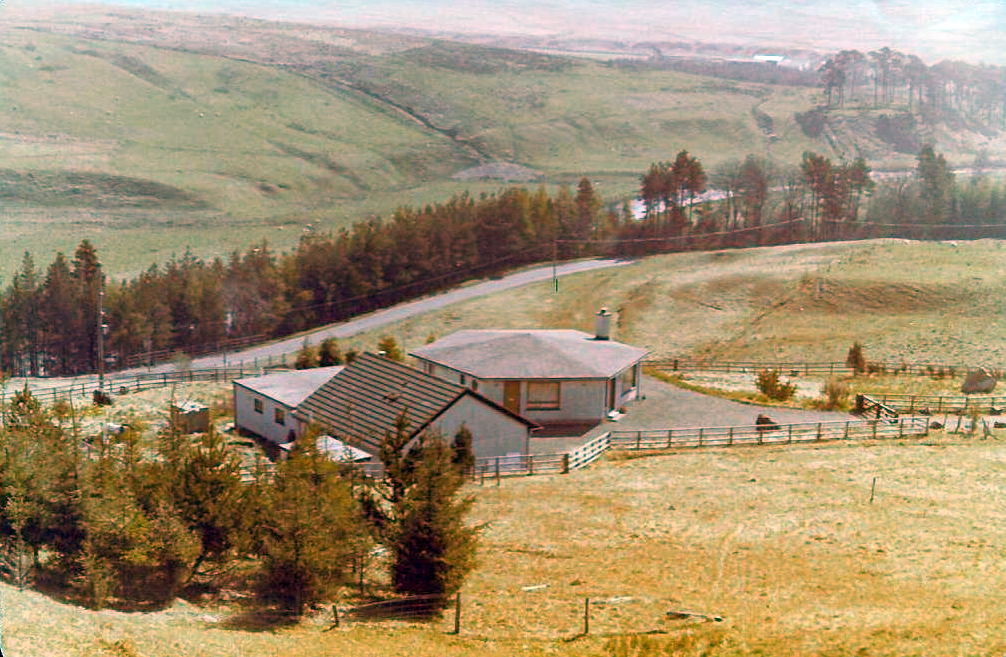Views: 60

At the beginning of lockdown in the UK (in March 2020 or thereabouts), I decided to take up meditation. Initially, this was to find some measure of “inner peace” in the unusual circumstances that a global pandemic presented.
Over the last 6 months or so, I’ve done a regular online Tuesday meditation practice with Bob and a few other regulars. Although Bob has reminded us time and again that like any skill, meditation is easier with practice, my own attempts have been sporadic at best. However, after finishing my university studies in Birmingham, I was ready for a new challenge.
Even with my own infrequent practice of meditation, I had noticed a real shift in my own approach to the world, and that day to day I was more able to let stuff go. When I floated the idea of an online retreat to Bob, he was keen, but ultimately I was the only participant in the weekend retreat. I was slightly worried this would mean that the experience wasn’t an authentic retreat- you know, a wise old guru guiding me to enlightenment- but in my case I was the only one doing the meditation, the lone monk!
The first day began with me waking up at 8am, starting with a simple breathing meditation for 40 minutes. You perform this practice by focusing on the inhalation and exhalation of air through your nostrils. Most of my previous meditation experience has been with just sitting meditation, or zazen, so this was a challenge. Surprisingly, focusing on the sensation of the breath felt like I was learning to meditate all over again! And in a way I was I suppose, by packing so much meditation into one weekend.
After the breathing meditation I had breakfast, and then did forty minutes of just sitting meditation. This was a continuation of my regular practice, but I hadn’t meditated for 40 minutes in one go before. This, and the 4:30am roll call I was facing on the second day were two of the biggest obstacles I saw before the retreat. Surprisingly, the 40 minutes wasn’t too bad at all. I did notice around the 20 minute mark, that the boredom set in, but this soon gave way a lot of other emotions I hadn’t encountered meditating before, including joy. Of course, I didn’t fixate on these feelings and let them go, including the positive ones. Nevertheless, it was interesting to note that the deeper I went into my own meditation practice, the wider the spectrum of thoughts and feelings I felt myself experiencing.
Getting into the swing of things, I then read a selection of writings from Sextus Empiricus the Pyrrhonist philosopher who suspended judgement over having opinions about the world. Admittedly I was a little sceptical before I began the retreat about the philosophy reading and subsequent meditation on it, but in hindsight the weekend’s programme wouldn’t have been the same without it. I have found it to be useful not for the being in the present like meditation, but for challenging my own belief systems.
Aside from empirically verifiable things such as gravity, or the price of a bacon sarnie or the colour of a car, what can be believed? Even then those things are subject to debate. Suspending judgment of my own opinions and beliefs allowed me to move past limiting beliefs such as that I couldn’t do the meditation retreat.
Obviously I physically could, but the mental belief I had that I couldn’t wasn’t helping me. Having gone in super confident would also be a mistake by Pyrrho’s reckoning, so the middle way so to speak was to suspend judgement, and see what would happen during the retreat. I believe Bob is running a ‘Pyrrho Protocol’ seminar later this month, going more in depth into this topic.
After my encounter with Pyrrhonism, next up was walking meditation. Like the breathing meditation, trying a different form of practice made me feel like a beginner again, and not in a bad way! Focusing on a different action aside from sitting helped keep the blood in my legs flowing, and gave me another tool to overcome distractions from the present. I still haven’t cracked this walking meditation, and I’ll save any further thoughts on this particular method for another post .
After a spot of lunch, I came to the ‘work period’ found on typical meditation retreats. I did some weeding garden for my parents, and as you can imagine it wasn’t the most thrilling of experiences. Still, I knew that if I could literally stare at a wall for forty minutes doing nothing else, I could do any task no matter how seemingly boring (although I would suspend judgement as to whether it would be boring or not).

In the evening of both days of my retreat, I had a quick chat with Bob. This was an alternative to the discussions retreat participants might have with the retreat leader, and I particularly appreciated it as I was doing the rest of the retreat solo. Chatting with Bob was helpful as he gave me a few koans to use. Koans are phrases or saying you contemplate while you meditate, and I found that they were useful ways to help me focus on my practice. The koans I sat with were “what is the sound of one hand clapping?” and “what did your face look like before you were born?” If they sound like they don’t mean anything, then you’re on the right track.
Not that there are different grades or martial art style belts in meditation, but having done the retreat I feel like I have moved from a Level One to a Level Two Meditator.
In the next Tuesday meditation session I attended after the retreat, the attendees asked me a few questions about my experience. Going back to meditating for just (hah!) 20 minutes at a time felt much less of a burden after having about 15 hours or so over the course of a weekend. One person in the Tuesday session asked me how long I felt this impact would last, and how often I would need to have a ‘top up’ to maintain peace of mind. For me, this top up has been meditating everyday, forty minutes being a “good session”. But even then, all meditation is useful, and a quick five minutes here and there does bring me out of a slump. Staying in the present is staying in the present no matter whether its for four seconds or four hours.
At the end of the day, I would encourage anyone interested in meditation to do a retreat. Furthermore, I would encourage them to do it sooner rather than later! I wish I had done this retreat after 6 weeks as opposed to 6 months. You can begin to meditate and be more in the present at any time, so why not start today?
As a final note, here’s a copy of the timetable Bob laid out for me:
DAY ONE OF RETREAT
0800 Wake up….Breathing Meditation
0840 Breakfast
0900 Meditation Just Sitting
0940 Reading … Sextus Empiricus
1100 Meditation on Sextus
1200 Lunch
1300 Pick a belief system…Suspend Judgement!
1400 Walking Meditation
1420 Just Sitting
1500 Working Period
1700 Just Sitting
1740 Dinner
1830 Breathing Meditation
1930 Break
2100 Just Sitting
2130 Bedtime
DAY TWO OF RETREAT
0430 Wake Up ….
0450 Just Sitting
0515 Walking Meditation
0530 Just Sitting
0600 Breakfast…Shower etc
0700 Reading Sextus….
0845 Meditation on Sextus
0945 Walking Meditation
1000 Tea Break…seriously!
1030 Just Sitting
1045 Walking Meditation
1100 Relaxation Break
1130 Breathing Meditation
1230 Lunch
1330 Walking Meditation
1345 Suspending Beliefs
1445 Work Period
1600 Just Sitting
1700 Walking Meditation
1715 Reflection on Sextus Maxims
1830 Suspending Judgement
1930 Interview with Bob

